
I have so many animals that I find intriguing that it always surprises me when I discover that I have yet to create a fact for them. Today we are going to talk about one of my favourite bird species, the Ruby-Throated Hummingbird. I hope you have all had the pleasure of witnessing these majestic little birds but if not, don’t worry since you will learn all about them in the next few minutes.
The ruby-throated hummingbird is a small bird measuring between 7 to 9 cm (2.5 to 3.5″) long with a wing span of about 8 to 11 cm (3 to 4″). They can be found throughout North America during the summer months and in Mexico and Central America during the winter. That’s right, the ruby-throated hummingbird is just like your Grandma and Grandpa and head to warmer climates for the winter. If you ask me these birds are smarter than I am! Believe it or not some of the ruby-throated hummingbirds will make this trip to their winter homes in a non-stop flight across the Gulf of Mexico. In order to prepare for this extraordinarily long trip the hummingbird will double their size before their winter vacation. So now they have an excuse to eat hamburgers and junk food throughout the summer. I am telling you, these birds know how to live!
There is no way that I can have a Wild Fact about hummingbirds and not mention their unique flying ability. I am sure we are all aware that hummingbirds move their wings at incredible rates of speed. In fact they beat their wings about 53 times per second. I am having a hard time putting this speed into perspective but just understand that they are blazing fast. Not only are they fast but the ruby-throated hummingbird has no problems hovering in one spot, flying upside down or flying backwards! The Snowbirds would be out of a job if we could organize a group of hummingbirds to entertain Canadians at Summertime festivals and sporting events.
Ruby-Throated Hummingbird Fast Fact: This hummingbird has extremely short legs so they are not able to walk or even hop very efficiently. It is a good thing they are such prolific fliers.

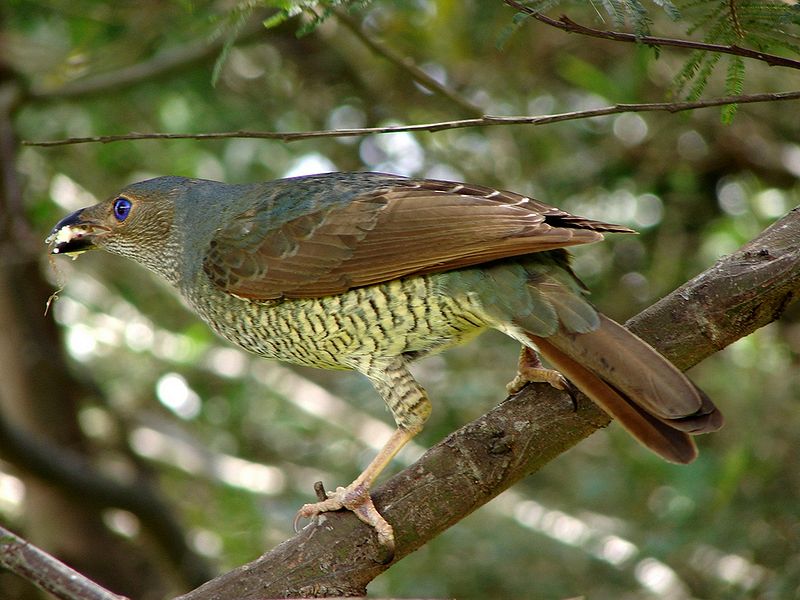
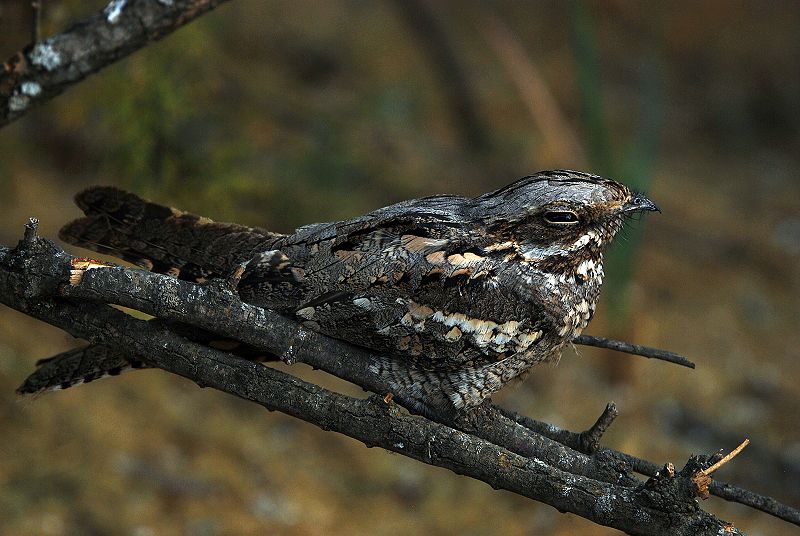
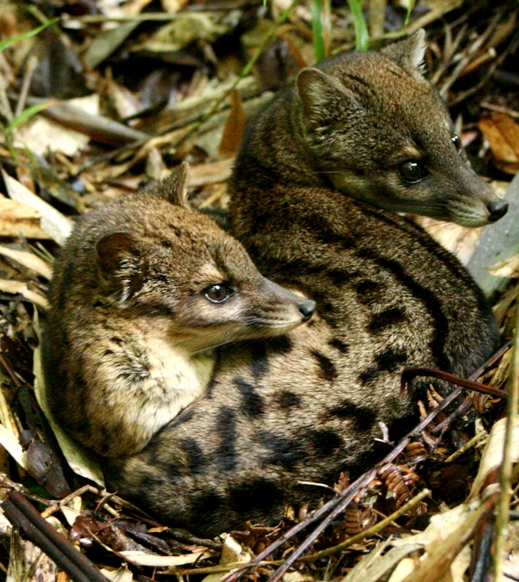
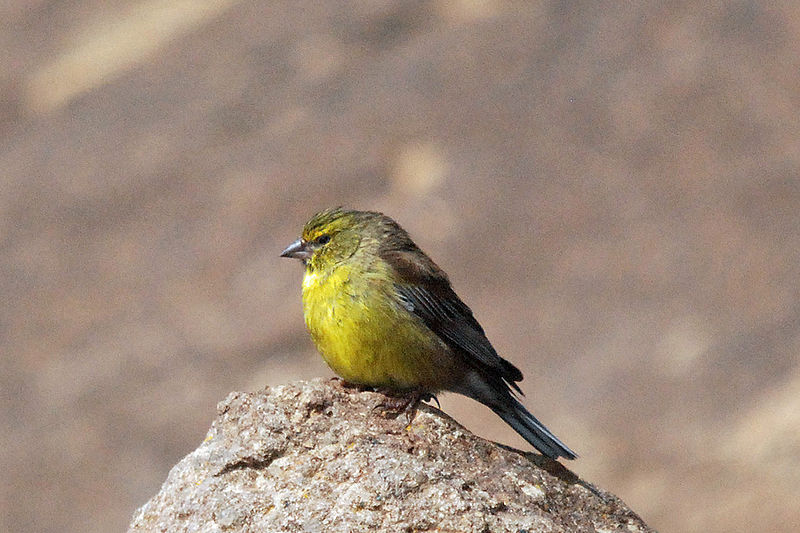
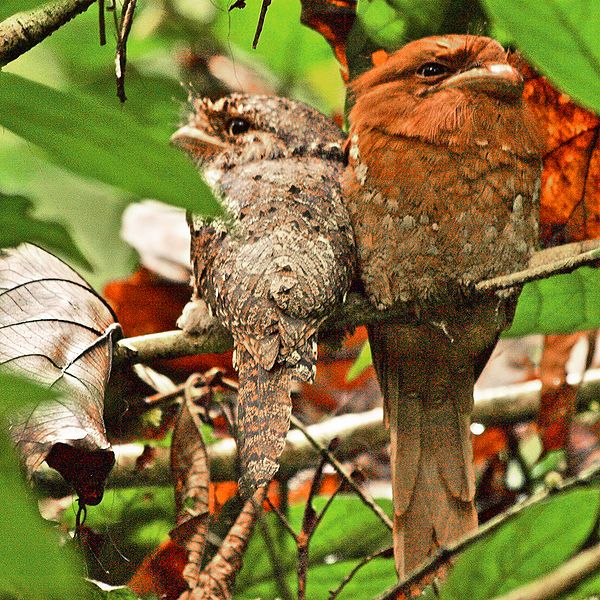
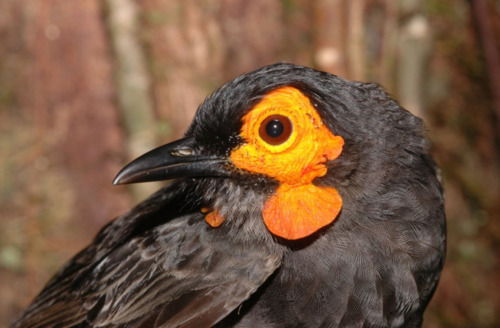
Oh this brings back summer…I can’t wait to put out my hummingbird feeder. Is it true that the red substance they use in the humminbird food is actually no good for them and you should make your own with sugar and water? Now I’ve put you on the spot and you are really going to have research this one since there may be arguments here (ha, ha)
Thanks and a have great day!
This is a great question and I was expecting someone to ask it!
Basically, the pre-packaged hummingbird food (red stuff) is just sugar water with red dye in it. We have been able to link food colouring to cancer in humans. I doubt this is a problem with hummingbirds since they only live a couple of years. The red dye is used to attract the hummingbird, however, if you have a red feeder then that works just as well.
Personally, I would make my own hummingbird food by using 1 part processed white sugar to 4 parts water. Bring this sugar water to a boil and let it cool. Boiling removes any bacteria. Just a note the un-processed sugar is high in iron which can be harmful to the little hummingbirds. Basically, just use regular table sugar.
I don’t think adding the dye is a good idea since it is an unknown and not required. Trust me, the hummingbirds will flock to the homemade mix without the red dye.
Thanks for the question.
Hey, just wanted to let you know I’ve nominated your blog for the Sunshine Award. Check out my post here: http://reefbotanicals.blogspot.com/2010/03/sunshine-award.html for details. 😀
Thank you so much for the award, Larissa. I will do up a proper thank you this evening.
I really appreciate your support!
I can positively guarantee you that the red dye is totally unnecessary. Also, they seem to remember where feeders are from one year to the next as I have had them arrive in the spring before I get my feeders out and they will sit on the hook the feeder hung from the summer before. Would you believe they sit there tapping their little foot while patiently waiting for the feeder to be hung? Didn’t think so…
Watching them at feeders should be mandatory – no one should go through life without experiencing the joy of watching hummingbirds!
Thanks for sharing this information Aunt Linda!
I am intrigued by the fact that the hummingbirds are waiting for their feeder every spring. I have seen this behaviour with bears but never hummingbirds. I can actually picture the little birds with their wings crossed and tapping their feet.
I agree that watching hummingbirds are an amazing site that everyone must experience.